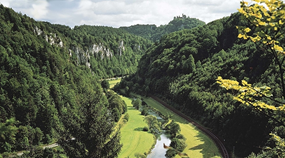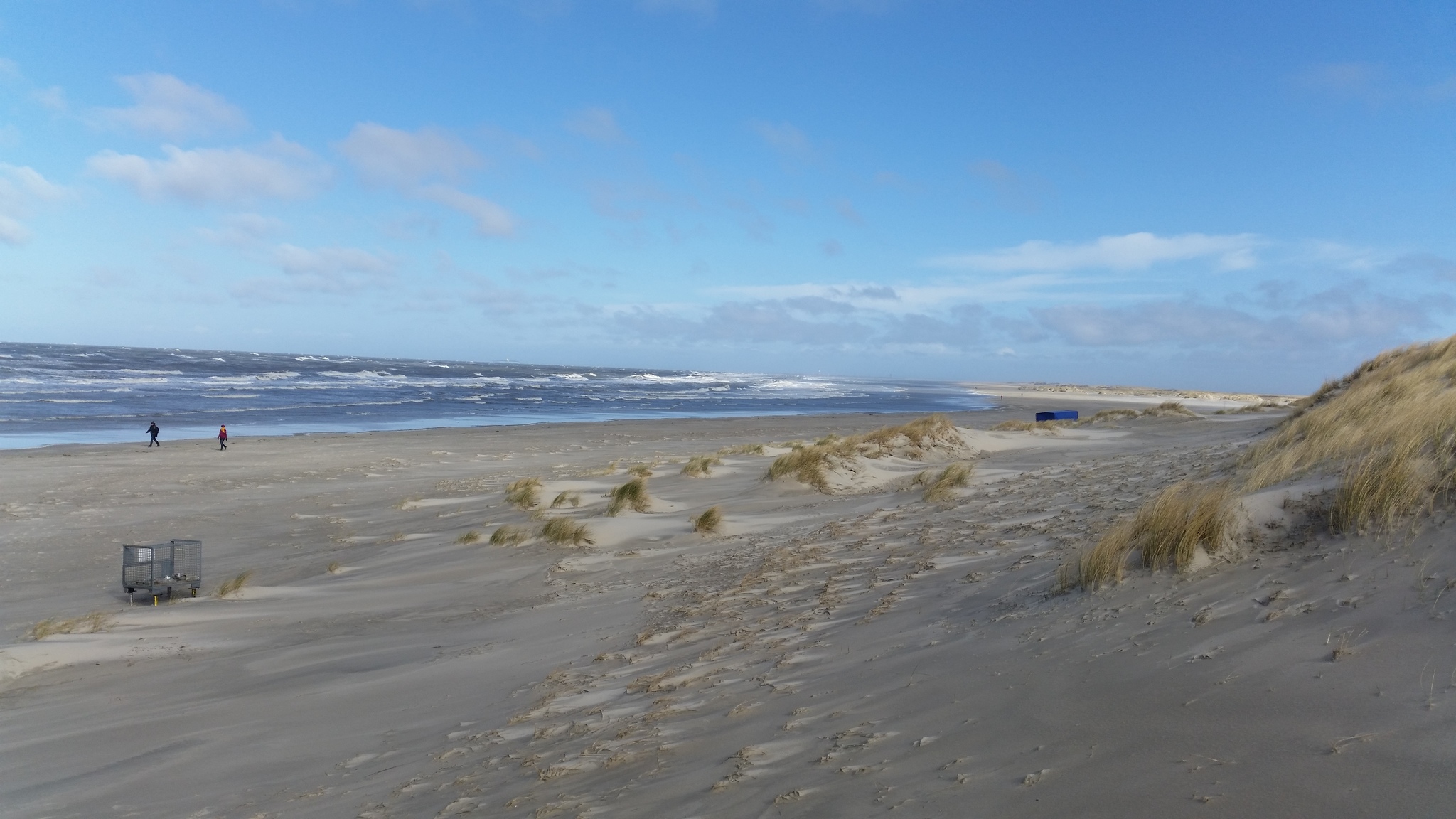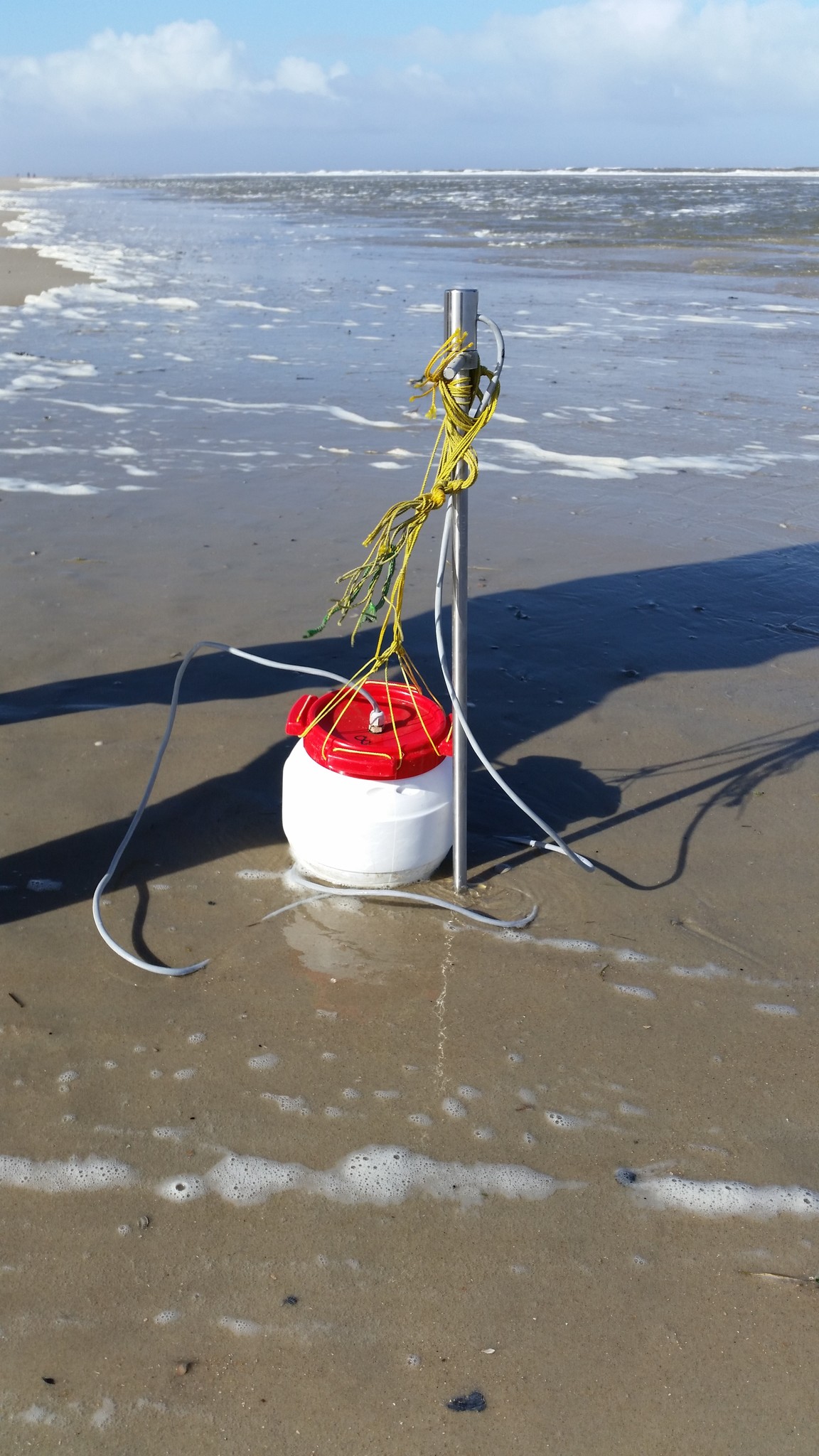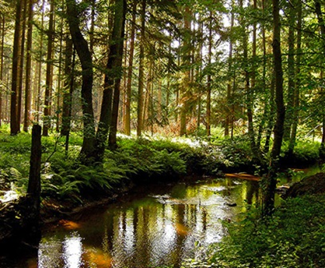Offered bachelor thesis
| Oxygen consumption net ecosystem exchange my stream sediments in the Wiesent catchment Oxygen is the most important element in stream systems. It is used for respiration or organisms ranging from microbes to mammals, and is also responsible for a large part of organic carbon turnover in stream sediments. This project will look at the effects of fine sediment caused by agriculture on oxygen consumption in stream sediments in the Wiesent and determine how this relates to net ecosystem exchange in this river. If you are interested contact Ben Gilfedder in the Limnological Station
Contact: Ben Gilfedder |
| Understanding patters and fluxes of submarine groundwater discharge on Sylt – North Sea Discharge of groundwater into the coastal zone is important on local to global scales for delivering fresh water and nutrients to the sea. The chemistry of this submarine groundwater discharge can be critical to the health of coastal ecosystems and a primary driver for costal eutrophication when nutrient loads exceed sustainable levels. But how do we quantify the water and nutrient flux to the coast? How heterogeneous is this flux in space and time? As part of a small DFG network we plan to use temperature as a tracer to quantify groundwater fluxes to the North Sea on the Island of Sylt. Islands can be used as field laboratories as they are relatively well confined, with limited anthropogenic impact. They are also sensitive to climate change and over-extraction of their water resources, which is especially important given the limited fresh water available on islands. This thesis will aim to map patters of groundwater discharge in the coastal zone as well as quantify fluxes of submarine groundwater discharge as part of a better understanding of how terrestrial systems are coupled to coastal and marine environments. |
| Changes in DOC bioavailability in the Bayerischer Wald: Can we see differences between lowland peat and mountain forest bioavailability There is currently globally an increase in dissolved organic carbon in forested catchments. But where is this carbon coming from? Is it all the same, e.g. does it have the same bioavailability for (micro)organisms? The main aim of this project is to understand and source and ‘quality’ of this DOC a small catchment in the Bavarian Forest. We will use BSB experiments and measure total organic carbon to see if there is a difference in bioavailability between upland mixed forest DOC and lowland peat dominated DOC.
Contact: Ben Gilfedder |
| Mapping and quantifying groundwater and nutrient fluxes and sources in the Wiesent Catchment: using natural tracers in a karst system The Wisent catchment, located in the Fränkische Schweiz, is part of a new project aimed at understanding the effects of groundwater on river nutrient sources in a changing climate. In this project we aim to map and quantify groundwater fluxes to the Wiesent and determine if this groundwater is an important contributor to nitrate in the river. There is currently very little understanding about how and where karst systems connect to river systems because of their complex geology, and so this project would be an important contribution to understanding the role of subsurface springs for delivering water and nutrients to rivers. Contact: Ben Gilfedder |
| Kartierung der Grundwasserabflüsse zum Steißlinger See und des Einflusses auf die Seechemie Contact: Stefan Peiffer, Ben Gilfedder |





